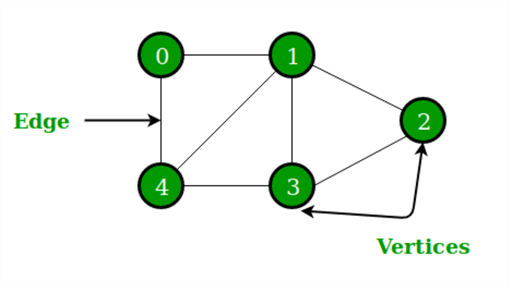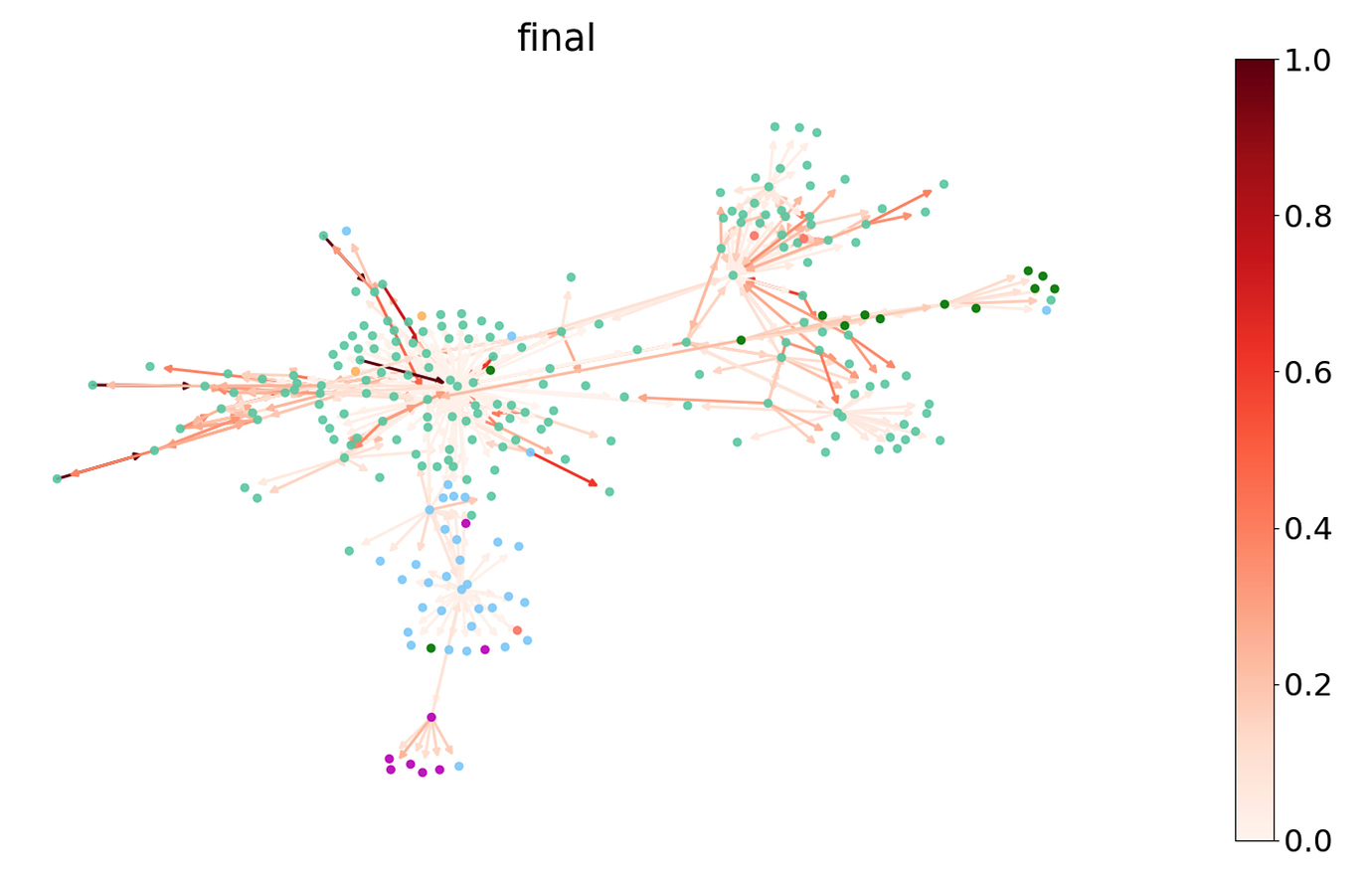

This is because most of them are theoretical diagrams and apply irrespective of the orders of magnitude involved.

Axis ticks, scale, and clippingĮconomic graphs typically do not have numbers running along the axes. Creating a new graph with NetworkX is straightforward: import networkx as nx G nx.
TEXWORKS GRAPH NODE EDGE LIBRARY INSTALL
In addition, the arrows at the end of the axes can be removed by appending an asterisk to the end of the axis lines so we use, axis lines* = left. It’s simple to install and use, and supports the community detection algorithm we’ll be using. (Image by Author)Ĭlearly, we need to use axis lines = left as a parameter to make the L-shaped frame most economic graphs have.
TEXWORKS GRAPH NODE EDGE LIBRARY CODE
In total, we have the following code snippet at the beginning of the document:įigure 2–2: Left, center, and right axis lines. Also, since we want to be able to use LaTeX’s math mode, we need to call the amsmath package. Since we want to be able to specify positions around coordinates and use a variety arrowheads in TikZ, the positioning and ta TikZ libraries should be called as well. 1.3 Node and Edge Features¶ () The nodes and edges of a DGLGraph can have several user-defined named features for storing graph-specific properties of the nodes and edges. Since we want to be able to shade in areas under curves, the fillbetween pgfplots library should be called. We will be using pgfplots to draw economic graphs, so the pgfplots package should be called. There, the TeX source codes and PDFs of all the graphs can be found. GitHub project repositoryĪll of the finished graphs shown here are available on the GitHub repository for this guide. DGL represents each node by a unique integer, called its node ID, and each edge by a pair of integers corresponding to the IDs of its end nodes. Although if you are already familiar with pgfplots and TikZ, you may still find some of the techniques used here useful for the very specific features of economic graphs. A comparison of the 8 Best Node. (In Section 8: Resources, there are resources you can use to set up and learn the basics of LaTeX.) If you can create a text document, load in packages, and write an equation in LaTeX’s display math mode, you need not know anything else. You can store nests of features in nodes, edges and globals.This makes it possible to store multiple sets of features for each node, edge or graph, with potentially different types and semantically different meanings (for example 'training' and 'testing' nodes). This guide was written under the assumption that readers are familiar with the very basics of LaTeX - but no more than that. This guide will focus on making graphs with a package designed for plotting graphs - pgfplots - which itself relies on a package designed for making graphics - TikZ.Īlong with LaTeX’s formidable ability and customizability comes with it a reputable learning curve. Its capabilities are extended by packages. It is a powerful typesetting language capable of typesetting text, mathematical formulas, tables, and many other elements that word processors such as Word and Google Docs are incapable of. Some readers may be unfamiliar with LaTeX. This guide will explain how we can use the pgfplots package to make elegant economic graphs in LaTeX.

Yet the first thing one may notice when typing up a paper in the field is the difficulty of making these graphs using word processors. IntroductionĮconomics makes an abundant use of graphs to illustrate important concepts and phenomena. graphs with edges/nodes)? Maybe something similar do Graphviz dot syntax.Figure 0–1: Wage elasticities and total income. There is another LaTex package or tikz library with a more intuitive syntax to draw graphs (i.e.Also, there is any way to get the nodes from the same level to be aligned? (Like in the graph of the paper).Is there any way to avoid the overlapping between the edges and nodes?.

I have set up a LaTeX file for a book-type document with the following preamble: documentclass


 0 kommentar(er)
0 kommentar(er)
